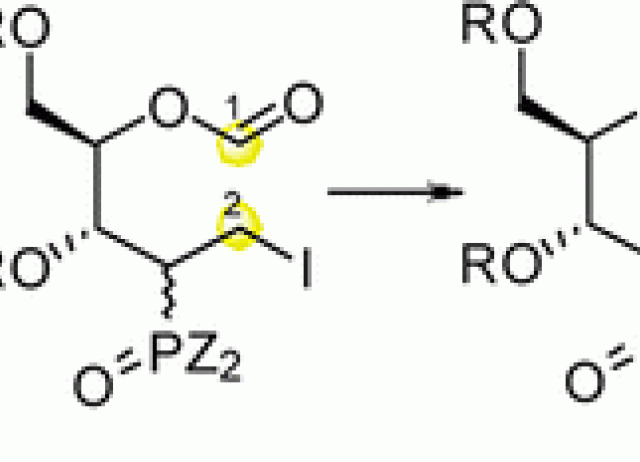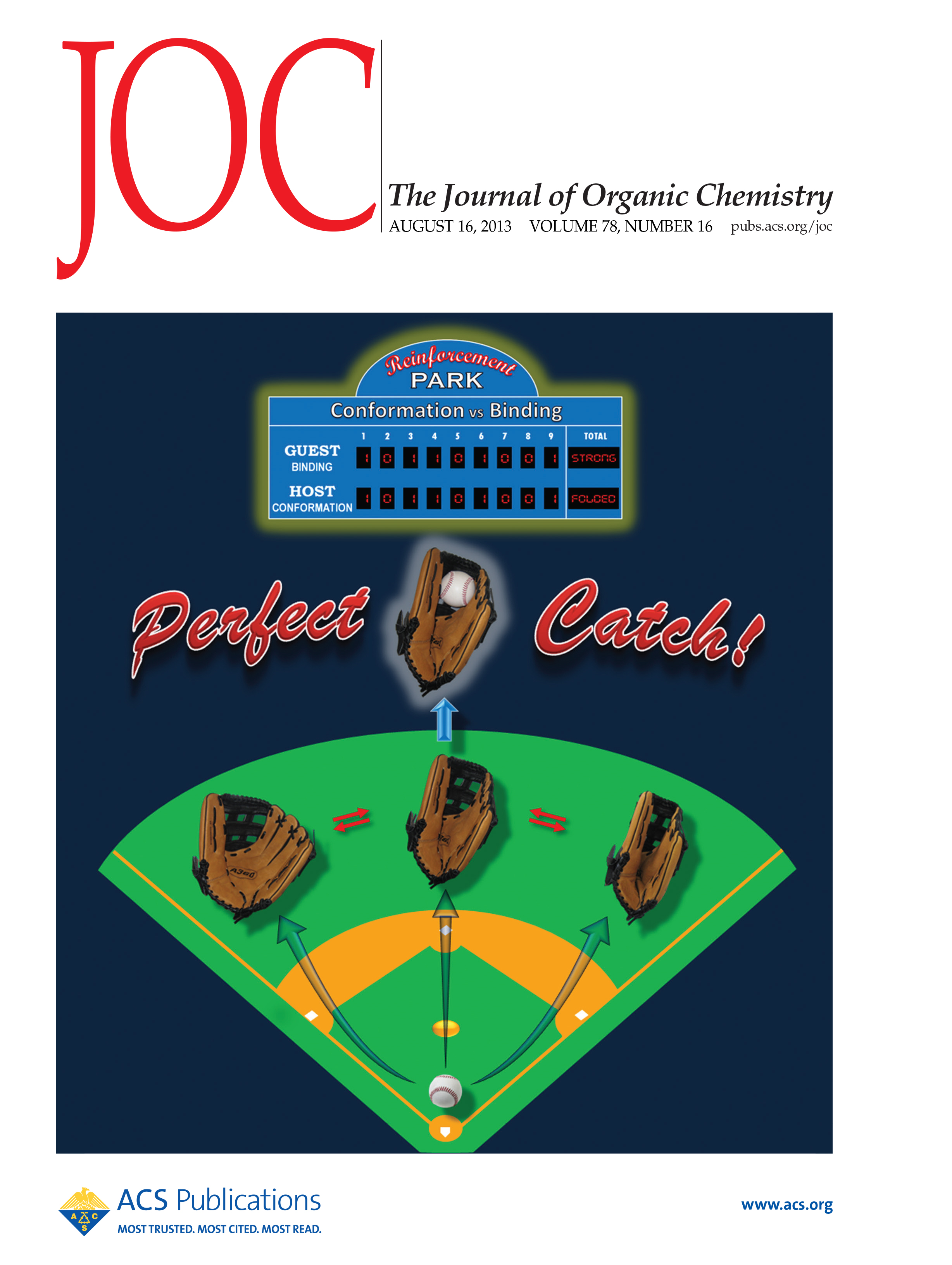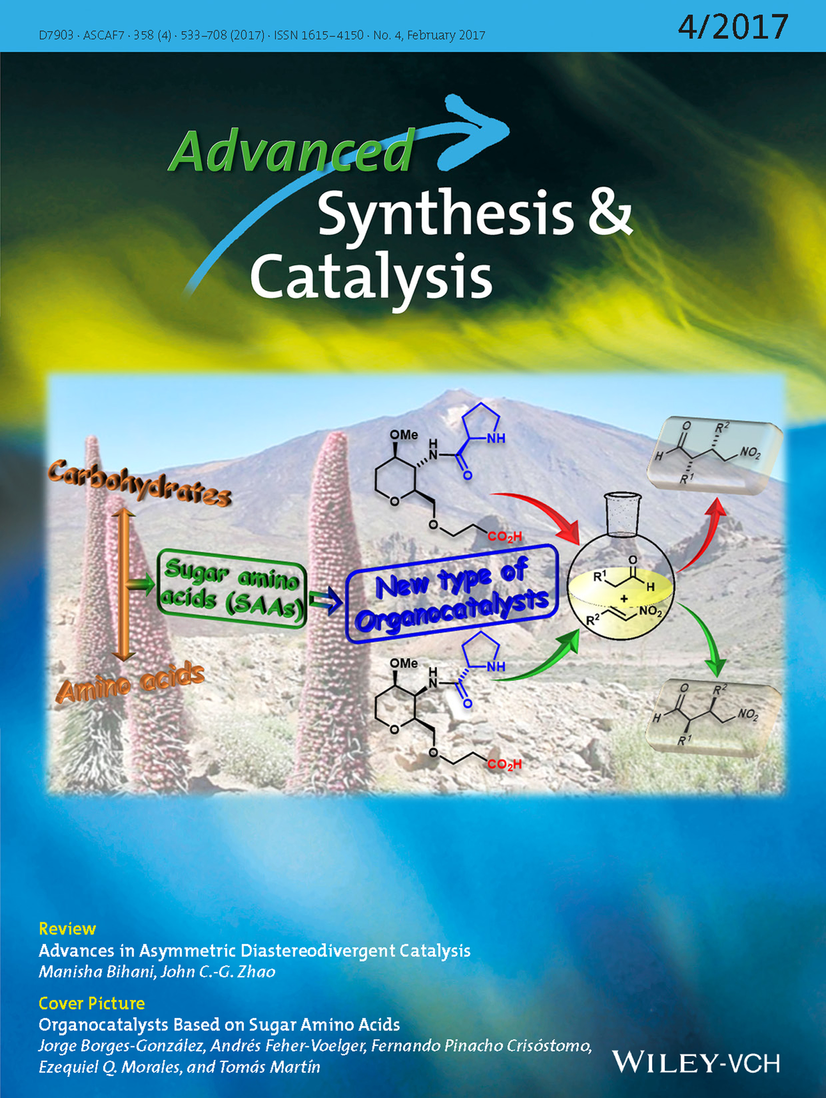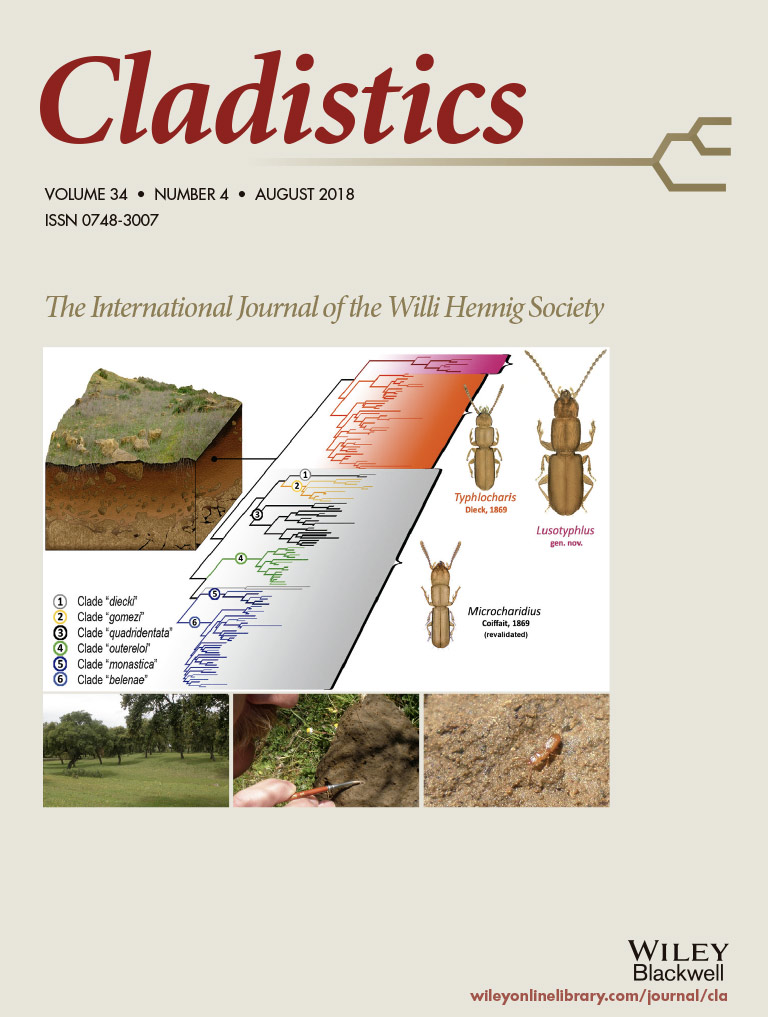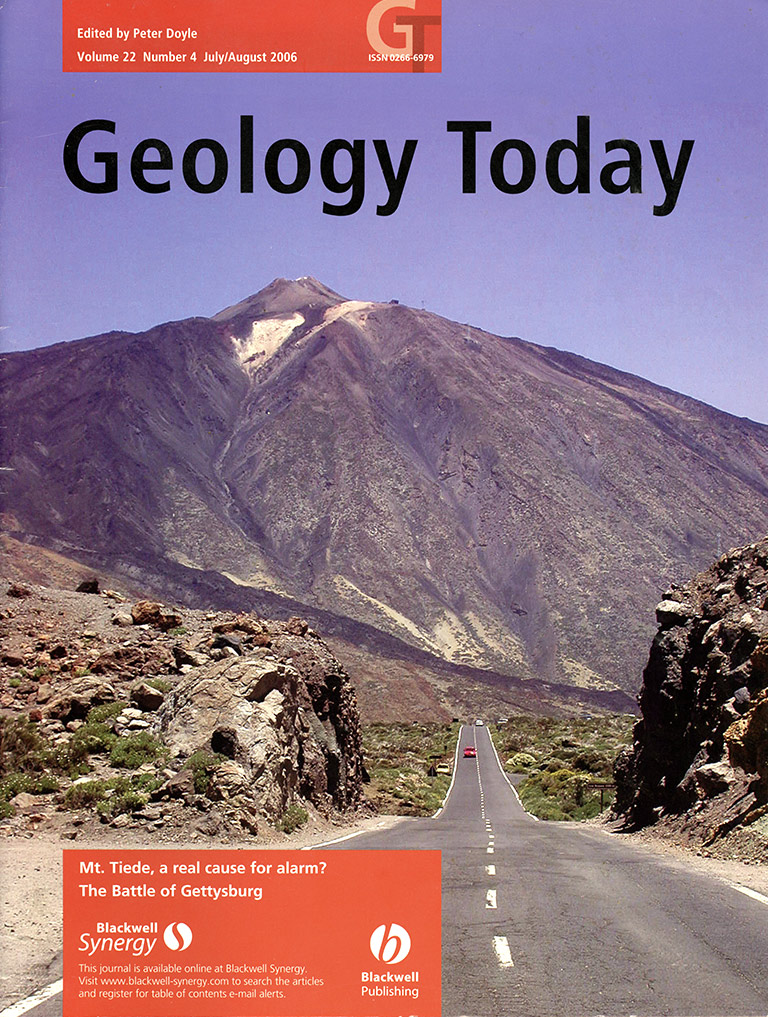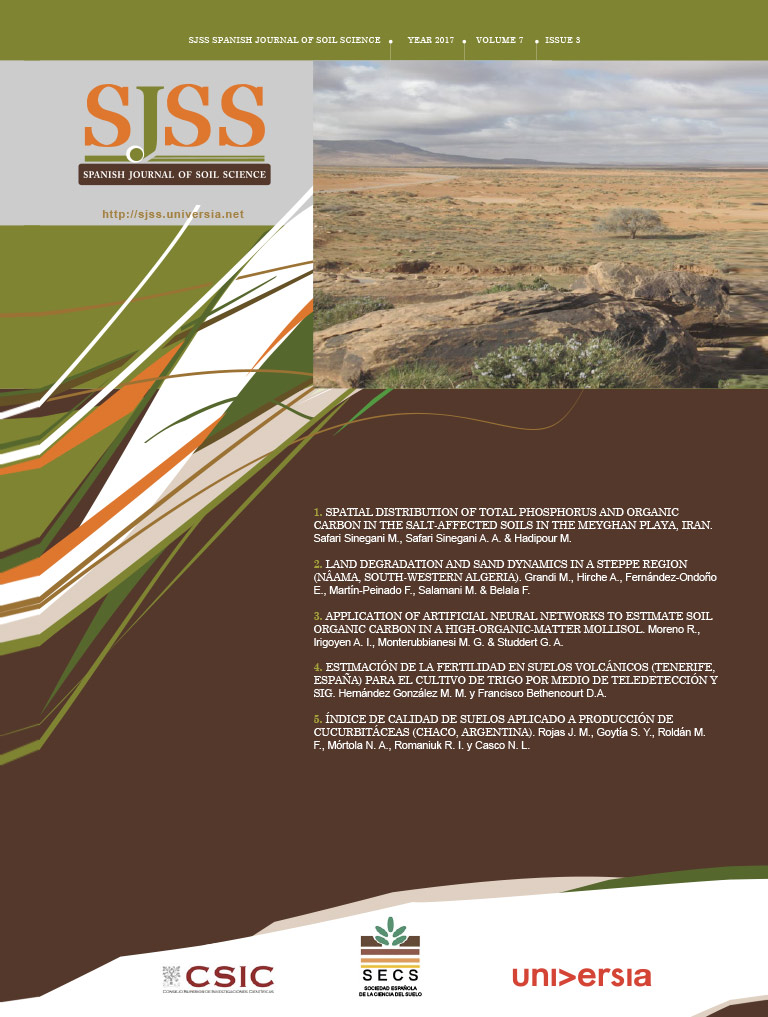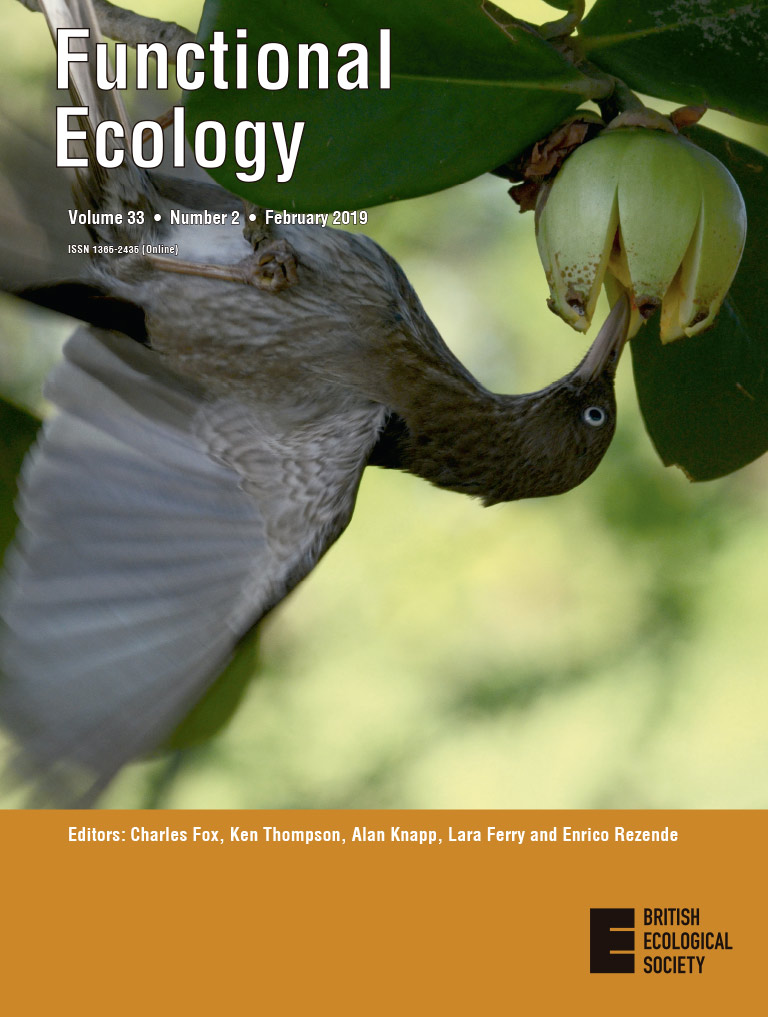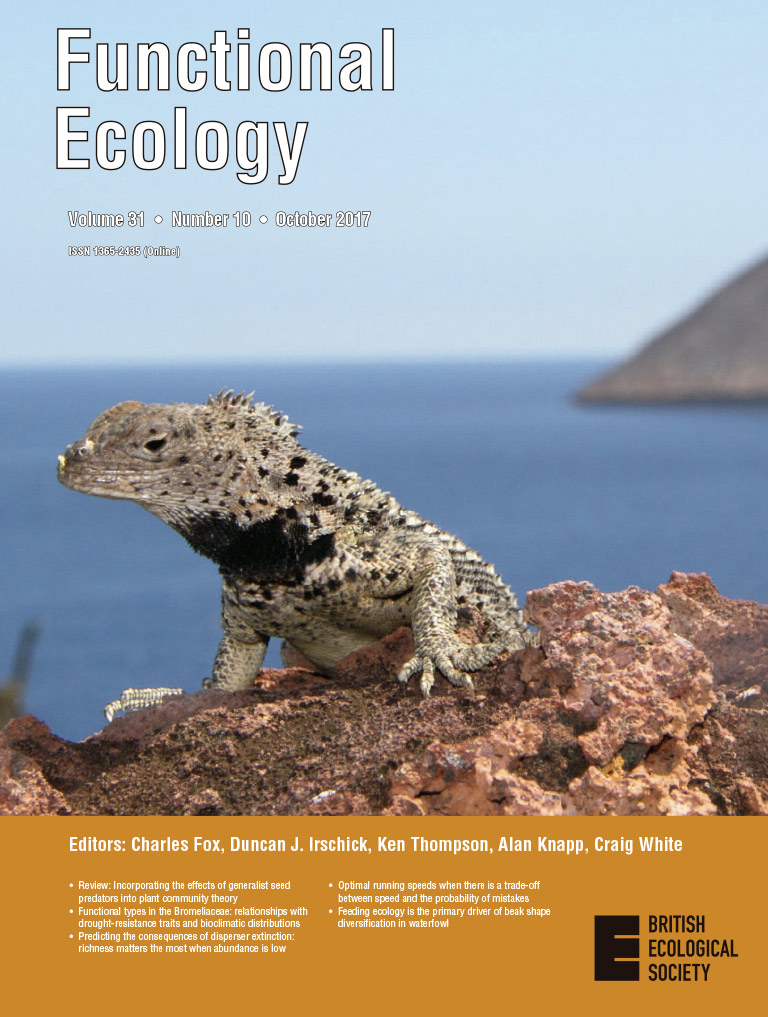Publications
This section includes a list of the latest IPNA scientific articles published in journals included in the Science Citation Index (SCI).
In DIGITAL.CSIC, institutional repository of the CSIC, you can find the complete list of scientific articles since 1962, as well as other collections of interest such as congresses, theses, books, informative material, etc. of the centre. The aim of DIGITAL.CSIC is to organize, preserve and disseminate in open access the results of our research.
In the institutional repository of the CSIC, you can find the complete list of scientific articles, as well as other collections of interest such as congresses, theses, books, informative material, etc.
Analysis of the IPNA 2014-2019 Scientific Production: bibliometric analysis from data collected in Scopus and Web of Science.

Water-compatible hydrogen-bond activation: A scalable and organocatalytic model for the stereoselective multicomponent aza-henry reaction
A study was conducted to demonstrate that H-bond based asymmetric organocatalysis can be performed under the so-called in the presence of water conditions. Nitroalkane, catalyst, dimethylcyclohexylamine, benzaldehyde and aniline were mixed to a 0°C cooled and vigorously stirred aqueous solution of NaOAc/AcOH saturated with NaCl. The organic residues were taken into dichloromethane and decanted off. The combined organic fractions were dried over Na2SO4, filtered and the filtrate was concentrated. The residue was purified by flash column chromatography (silica gel) using a mixture of hexanes/ethyl acetate. From a synthetic point of view, the reaction furnishes enantioenriched b-nitroamines decorated with aromatic or aliphatic substituents at the amine center and a different set of alkyl chains or rings attached to the carbon bearing the nitro functionality. Importantly, the reaction can be scaled up without losing yield and stereoselectivity and with full recovery of the catalyst.
Cruz-Acosta, Fabio; Armas, Pedro de; García-Tellado, Fernando
Chemical composition and biological effects of essential oils from Artemisia absinthium L. cultivated under different environmental conditions
The objective of this study was the valorization of the essential oils from Spanish Artemisia absinthium domesticated plants from Teruel and Sierra Nevada (Spain). These populations were experimentally cultivated in the field and under controlled conditions. The insect antifeedant properties of their essential oils collected yearly from two locations were tested against Spodoptera littoralis, Myzus persicae and Rhopalosiphum padi. Additionally we studied their phytotoxic, antifungal and antiparasitic effects. The oils from cultivated A. absinthium were characterized by the presence of cis-epoxyocimene, chrysanthenol, and chrysanthenyl acetate. The variations observed in oil composition were mostly quantitative but also qualitative. (Z)-2,6-Dimethyl-5,7-octadien-2,3-diol has been isolated and identified by NMR. Among the oil samples, these rich in cis-epoxyocimene and sesquiterpenes were the most active ones against S. littoralis. (Z)-2,6-Dimethyl-5,7-octadien-2,3-diol showed moderate activity against S. littoralis. The strongest antifeedant effects were found for commercial A. absinthium oil samples rich in thujones and sabinyl acetate. F. oxysporum and F. solani were affected by oils from cultivated A. absinthium and commercial oil samples. Oils from cultivated A. absinthium showed antiparasitic effects against Leishmania infantum and Trypanosoma cruzi with better results than the commercial
Bailén, María; Julio, Luis F.; Díaz, Carmen E.; Sanz Perucha, Jesús; Martínez-Díaz, Rafael A.; Cabrera, Raimundo; Burillo Alquézar, Jesús; González-Coloma, Azucena
Magma storage and migration associated with the 2011–2012 El Hierro eruption: Implications for crustal magmatic systems at oceanic island volcanoes
[1] Starting in July 2011, anomalous seismicity was observed at El Hierro Island, a young oceanic island volcano. On 12 October 2011, the process led to the beginning of a submarine NW‐SE fissural eruption at ~15 km from the initial earthquake loci, indicative of significant lateral magma migration. Here we conduct a multifrequency, multisensor interferometric analysis of spaceborne radar images acquired using three different satellite systems (RADARSAT‐2, ENVISAT, and COSMO‐SkyMed (Constellation of Small Satellites for Mediterranean Basin Observation)). The data fully captures both the pre‐eruptive and coeruptive phases. Elastic modeling of the ground deformation is employed to constrain the dynamics associated with the magmatic activity. This study represents the first geodetically constrained active magmatic plumbing system model for any of the Canary Islands volcanoes, and one of the few examples of submarine volcanic activity to date. Geodetic results reveal two spatially distinct shallow (crustal) magma reservoirs, a deeper central source (9.5 ± 4.0 km), and a shallower magma reservoir at the flank of the southern rift (4.5 ± 2.0 km). The deeper source was recharged, explaining the relatively long basaltic eruption, contributing to the observed island‐wide uplift processes, and validating proposed active magma underplating. The shallowest source may be an incipient reservoir that facilitates fractional crystallization as observed at other Canary Islands. Data from this eruption supports a relationship between the depth of the shallow crustal magmatic systems and the long‐term magma supply rate and oceanic lithospheric age. Such a relationship implies that a factor controlling the existence/depth of shallow (crustal) magmatic systems in oceanic island volcanoes is the lithosphere thermomechanical behavior.
González, Pablo J.; Samsonov, Sergey V.; Pepe, Susi; Tiampo, Kristy F.; Tizzani, Pietro; Casu, Francesco; Fernández, José; Camacho, Antonio G.; Sansosti, Eugenio
Sequential Norrish type II photoelimination and intramolecular aldol cyclization of α-diketones: Synthesis of polyhydroxylated cyclopentitols by ring contraction of hexopyranose carbohydrate derivatives
The excitation of the innermost carbonyl of nono‐2,3‐diulose derivatives by irradiation with visible‐light initiates a sequential Norrish type II photoelimination and aldol cyclization process that finally gives polyfunctionalized cyclopentitols. The rearrangement has been confirmed by the isolation of stable acyclic photoenol intermediates that can be independently cyclized by a thermal 5‐(enolexo)‐exo‐trig uncatalyzed aldol reaction with high diastereoselectivity. In this last step, the large deuterium kinetic isotope effect found for the 1,5‐hydrogen atom transfer seems to indicate that the aldol reaction runs through a concerted pericyclic mechanism. Owing to the ready availability of pyranose sugars of various configurations, this protocol has been used to study the influence of pyranose ring‐substituents on the diastereoselectivity of the aldol cyclization reaction. In contrast with other pyranose ring contraction methodologies no transition‐metal reagents are needed and the sequential rearrangement occurs simply by using visible light and moderate heating (0 to 60 °C).
Álvarez‐Dorta, Dimitri; León, Elisa I.; Kennedy, Alan R.; Martín, Ángeles; Pérez-Martín, Inés; Riesco-Fagundo, Concepción; Suárez, Ernesto
Connecting Discrete Stereoclusters by Using DFT and NMR Spectroscopy: The Case of Nivariol
he structural determination of small organic molecules is mainly undertaken by using NMR techniques, although it is increasingly supplemented by using computational methods. NMR parameters, such as chemical shifts and coupling constants, are extremely sensitive indicators of local molecular conformation and are a source of structural evidence. However, their interpretation is fairly challenging in many circumstances, such as the case of the new polyether squalene derivative nivariol, the structure of which was elucidated by means of NMR spectroscopy and DFT calculations. The potential flexibility of this molecule and the high number of quaternary carbon atoms that it contains make its configurational assignment very difficult. Moreover, the relative configuration of four separated stereoclusters was established and subsequently connected by using NOE and J‐based analysis, as well as by a comparison of its experimental 13C NMR chemical shifts with the corresponding population‐weighted values, as calculated by using DFT methods. Limitations of these used approaches became apparent but were overcome by combining the two methods.
Cen‐Pacheco, Francisco; Rodríguez, Jaime; Norte, Manuel; Fernández, José J.; Hernández Daranas, Antonio
Multicomponent Ligation of Steroids: Creating Diversity at the Linkage Moiety of Bis-spirostanic Conjugates by Ugi Reactions
The diversity-oriented synthesis of novel bis-spirostanic conjugates utilizing two different Ugi four-component reactions (Ugi-4CR) is described. Spirostanic steroids were functionalized with Ugi-reactive groups, that is, amines, isocyanides, and carboxylic acids, and next were subjected to multicomponent ligation approaches leading to bis-steroidal conjugates featuring pseudo-peptidic and heterocyclic linkage moieties. Both the classic Ugi-4CR and its hydrazoic acid variant were implemented, proving good efficiency for the ligation of isocyanosteroids to spirostanic acids and equatorial amines. Axially oriented amines showed poorer results, although model studies proved that chemical efficiency could be significantly improved while increasing reaction times. Overall, the method comprises the rapid generation of molecular diversity at the bis-steroid linkage moiety and, consequently, shows promise toward the production of combinatorial libraries of bis-spirostanes for biological screening.
Pérez-Labrada, Karell; Méndez, Yanira; Brouard, Ignacio; Rivera, Daniel G.
A Novel Approach for the Evaluation of Positive Cooperative Guest Binding: Kinetic Consequences of Structural Tightening
Cooperativity is one of the most relevant features displayed by biomolecules. Thus, one of the challenges in the field of supramolecular chemistry is to understand the mechanisms underlying cooperative binding effects. Traditionally, cooperativity has been related to multivalent receptors, but Williams et al. have proposed a different interpretation based on the strengthening of noncovalent interactions within receptors upon binding. According to such an interpretation, positive cooperative binding operates through structural tightening. Hence, a quite counterintuitive kinetic behavior for positively cooperative bound complexes may be postulated: the more stable the complex, the slower it is formed. Such a hypothesis was tested in a synthetic system in which positive cooperative binding was previously confirmed by calorimetric experiments. Indeed, a linear correlation between the thermodynamics (ΔG°) and the kinetics (ΔG≠) of guest binding confirmed the expected behavior. These distinctive kinetics provide solid evidence of positive cooperative guest binding, which is particularly useful bearing in mind that kinetic experiments are frequently and accurately carried out in both synthetic and biological systems.
Carrillo Fumero, Romen; Morales, E. ; Martín, Víctor S.; Martín, Tomás
Epoxide-opening cascades triggered by a Nicholas reaction: Total synthesis of teurilene
Natural inspiration: Based on the biosynthesis of squalene‐derived polyethers, a total synthesis of teurilene is described. The carbocation formation in the Nicholas reaction serves to control the initiation of a polyepoxide ring‐opening cascade. The three furan rings present in teurilene were obtained in excellent yield in one step. Boc=tert‐butoxycarbonyl, TMS=trimethylsilyl.
Rodríguez-López, Julio; Pinacho Crisóstomo, Fernando R.; Ortega, Nuria; López Rodríguez, Matías; Martín, Víctor S.; Martín, Tomás
Synthesis of Chiral β-Iodo- and Vinylorganophosphorus(V) Compounds by Fragmentation of Carbohydrate Anomeric Alkoxyl Radicals
A new general methodology for the synthesis of chiral vinylphosphonate and vinylphosphine oxide carbohydrate derivatives has been developed using the anomeric alkoxyl radical fragmentation reaction as the key step. The synthetic sequence proceeded via β-iodophosphonate and β-iodophosphine oxide intermediates, which may be interesting synthons for the introduction of phosphorus into organic molecules. These vinylphosphonates could be easily transformed into 2-methylene-1-phosphapentofuranoses (3-methylene-1,2-oxaphospholanes) and β-aminophosphonates, isosteres of biologically active α-methylene-γ-lactones and β-amino acids, respectively.
Hernández-Guerra, Daniel; Rodríguez Morales, María S.; Suárez, Ernesto
Supercritical extraction and supercritical antisolvent fractionation of natural products from plant material: Comparative results on Persea indica
Supercritical fluids (SCFs) are alternative solvents in the field of Green Chemistry that are being developed as advanced separation techniques due to their combined properties such as the penetrability of a gas and the solvent power of a liquid. These characteristics are used in the supercritical fluid extraction (SFE), where compounds of interest can be extracted after mixing a SCF as a solvent with a matrix in a pressurized vessel. Supercritical antisolvent fractionation (SAF) uses the SCF as antisolvent, allowing for the precipitation of insoluble compounds in the SCF-organic solution mixture. An updated overview of SFE and SAF of natural products is presented in this article. Additionally we compare the results of SFE, SAF and organic soxhlet extraction (OSE) of Persea indica, a Macaronesian paleoendemism with strong insecticidal components. The composition of the extracts was analyzed by HPLC-MS, showing in the SFE extracts as major components ryanodol, cinnzeylanol and alkyl-γ-lactones, with their abundance varying with the extraction conditions. On the other hand, the SAF allowed for the fractionation of a liquid solution to give a ryanodol enriched extract (31 % more ryanodol than the initial ethanolic solution). The antifeedant and postingestive effects of these extracts on Spodoptera littoralis showed that the SAF extracts were the most active followed by SFE and OSE and their different effects can be partially explained by their composition.
González-Coloma, Azucena; Martín, L.; Mainar, A.M.; Urieta, J.S.; Fraga, Braulio M.; Rodríguez-Vallejo, V.; Díaz, Carmen E.








